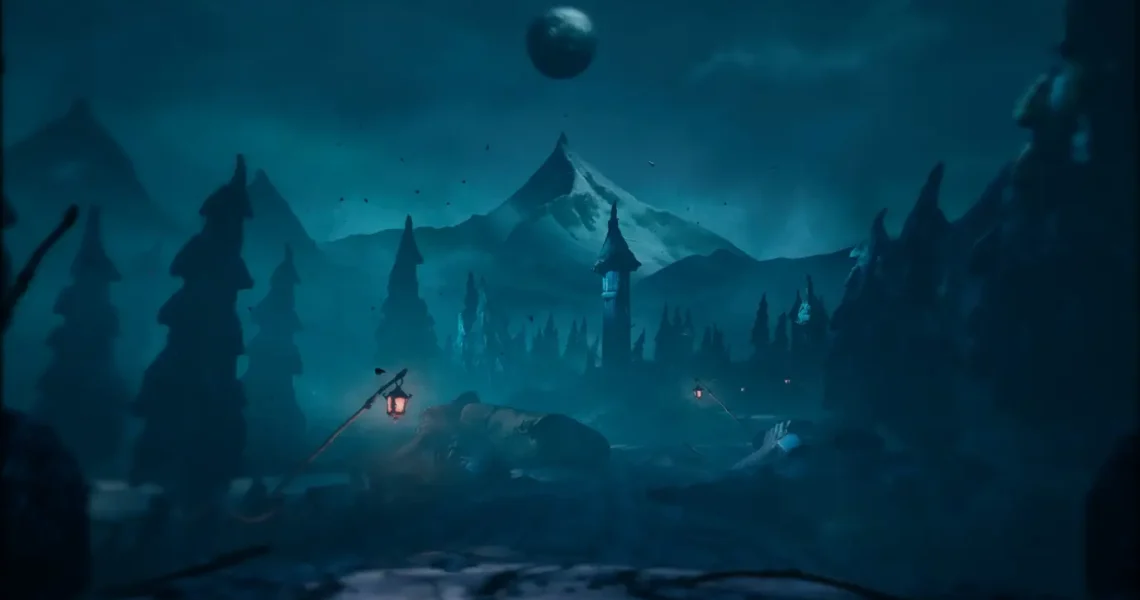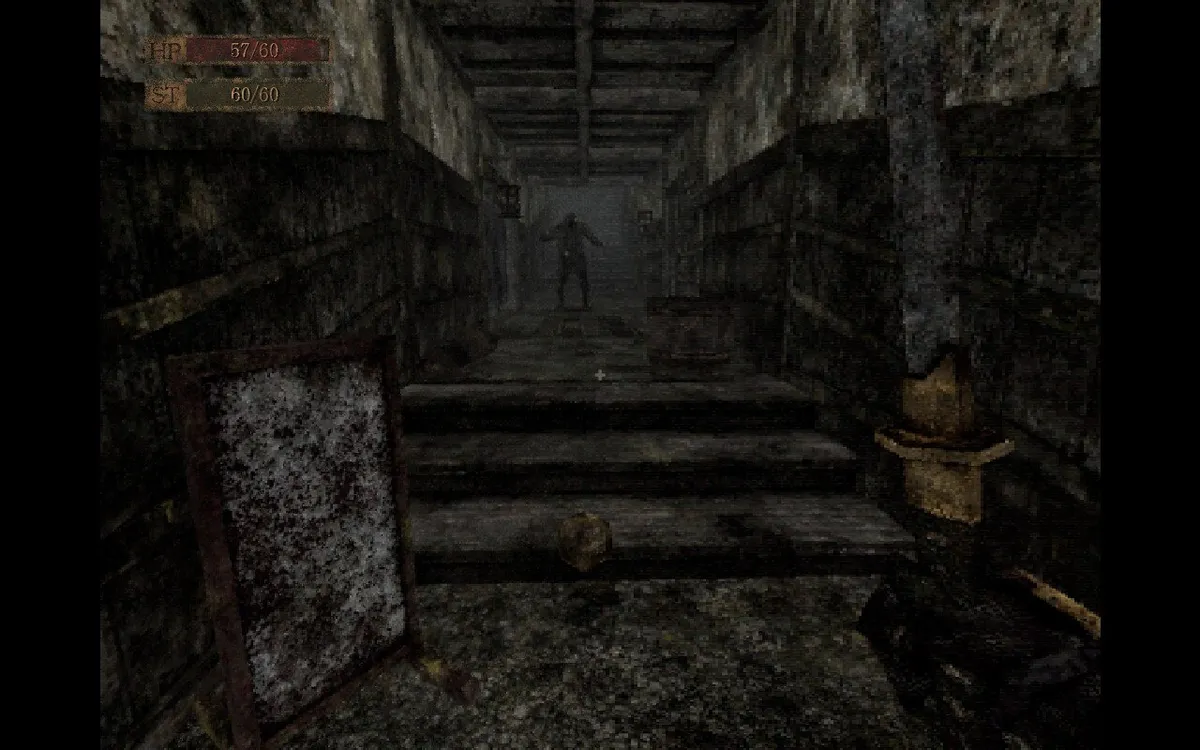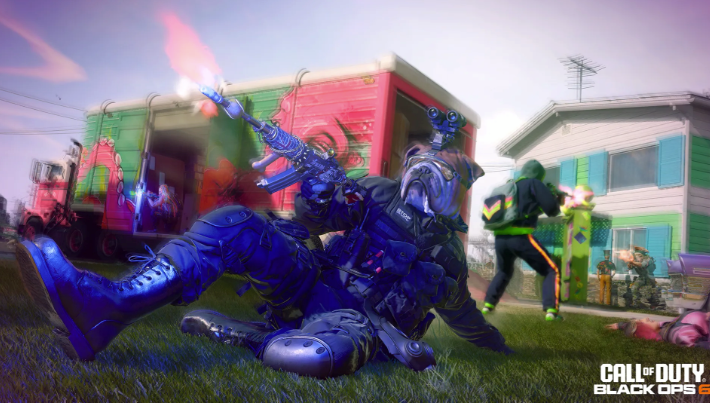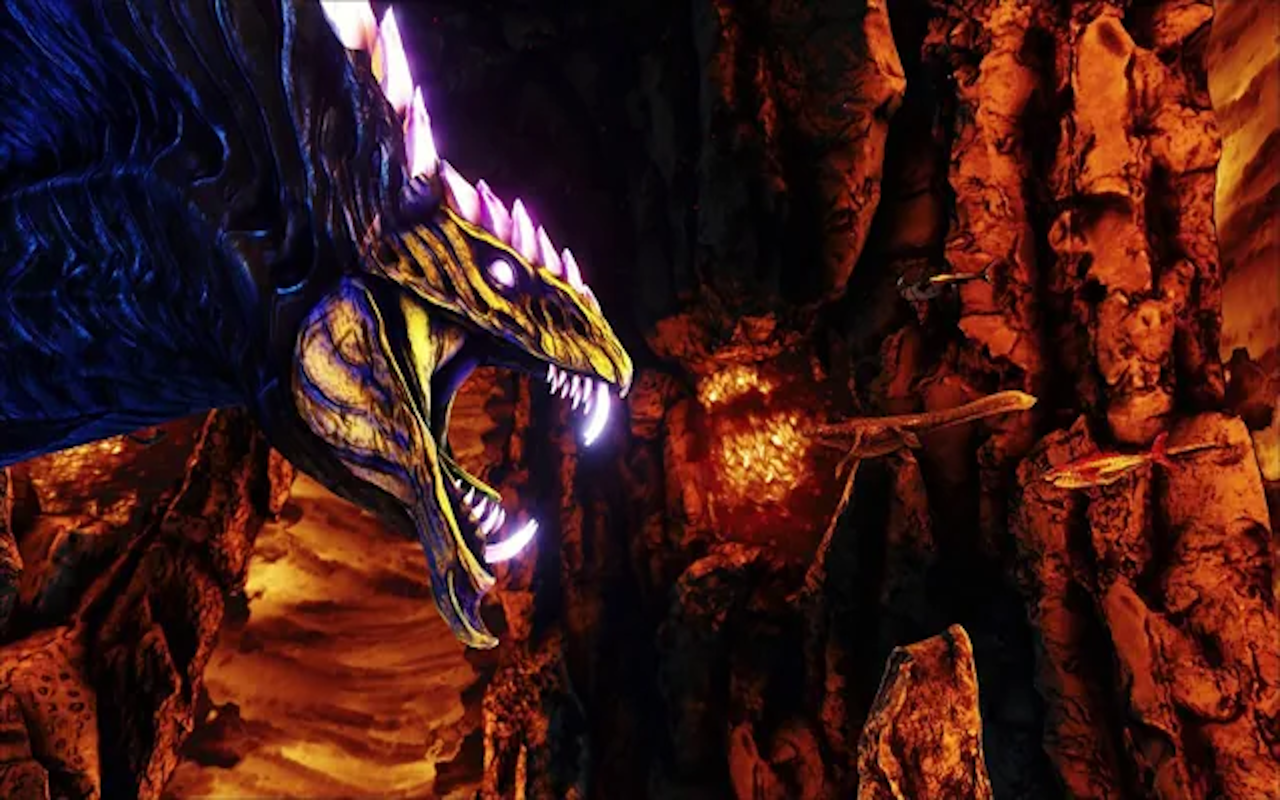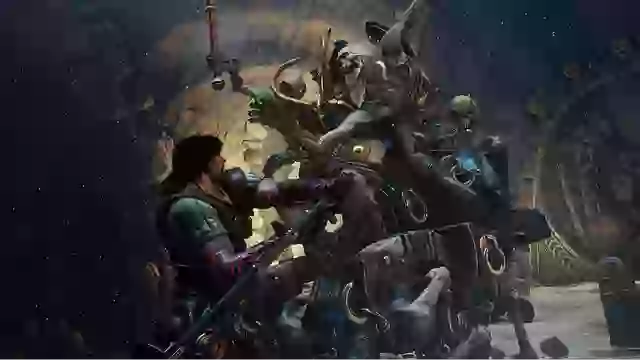The Midnight Walk: A Visually Stunning, Uneven Journey
The Midnight Walk, from the newly established studio Moonhood (with connections to Zoink Games, known for visually distinctive titles like Fe and Lost in Random), is a first-person folksy horror adventure game that incorporates elements of mild stealth and occasional puzzles.
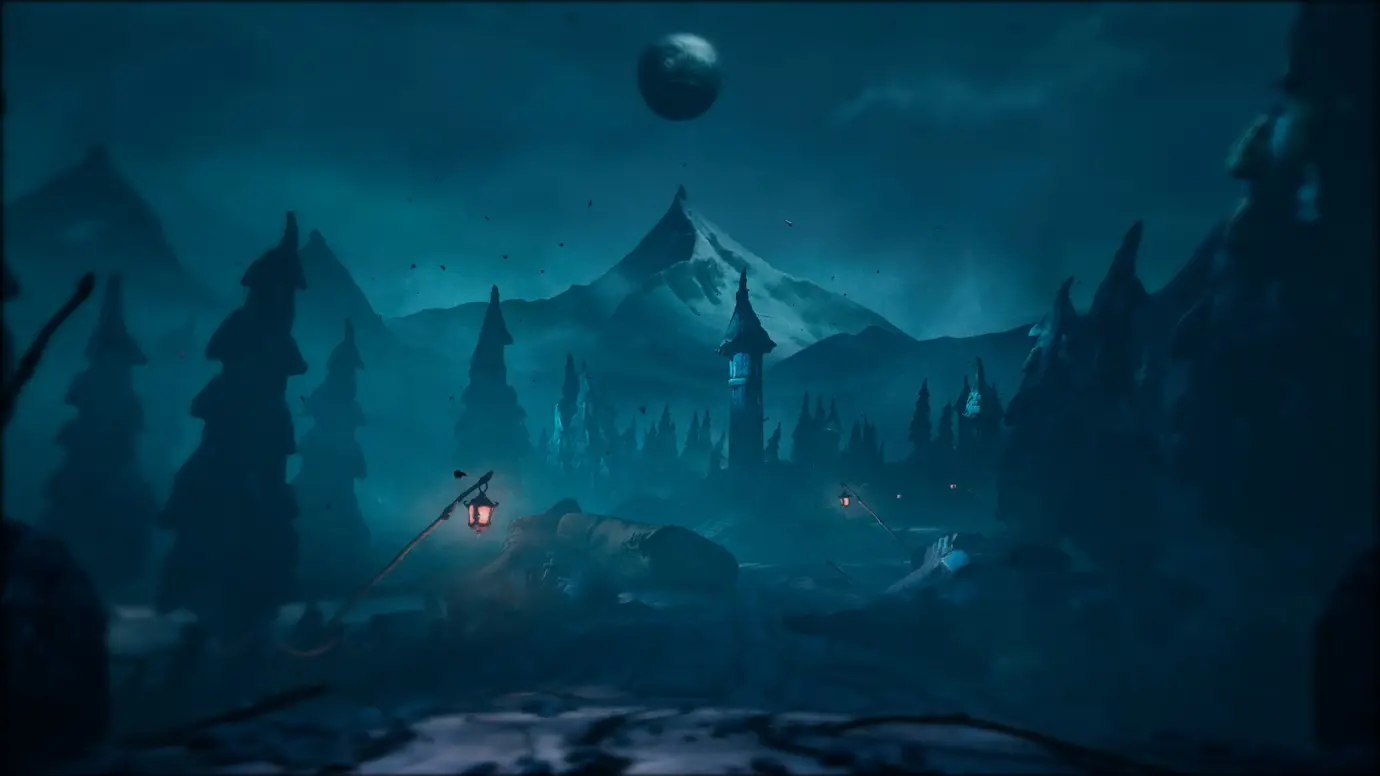
The Midnight Walk: A Visually Stunning, Uneven Journey
Playable on either a standard screen or in virtual reality (VR), the game casts players in the role of the mysterious Burnt One, who embarks on a journey alongside a flaming pot companion named Potboy. Their quest is to reach Moon Mountain for Potboy to fulfill his destiny, weaving together a series of loosely connected tales centered around the themes of fire and darkness.
Much like a visually appealing but inconsistently topped pizza, or perhaps even a dazzling yet bland film, The Midnight Walk presents an experience that is undeniably impressive in parts but ultimately struggles with unevenness. While the artistic vision is clear and often spectacular, the overall execution leaves the player craving more consistent fulfillment.
A World Crafted with Unique Artistic Vision
From the moment the game begins, The Midnight Walk’s artistic vision and the immense skill behind its creation are immediately apparent. The game’s characters, objects, and entire world were meticulously crafted by model artists using tangible materials and then scanned for implementation, resulting in a unique stop-motion-esque aesthetic.
This painstaking process pays off spectacularly, creating a playable world of gothic whimsy that is a delight to behold.
Beyond the striking visuals, The Midnight Walk delivers a delightful audiovisual experience. The voice acting, for both significant and minor characters, is exceptional, breathing life into the game’s inhabitants and selling the authenticity of this bizarre world. The music is tonally spot-on, perfectly complementing the bleak yet hopeful atmosphere that permeates the journey. These strong artistic elements ensure that the world itself is a compelling reason to explore, even when other aspects falter.
Narrative Themes and Compelling Characters
The story within The Midnight Walk unfolds across five tales, delving into themes of sadness, loneliness, grief, and regret. These darker emotions, particularly those conveyed through the character of Potboy, shine through most strongly, offering moments of genuine emotional depth. The narrative also attempts to incorporate elements of light in the darkness, warmth from the flames, and thought-provoking moments, especially in the nuanced portrayal and handling of some of the game’s “monsters.”
owever, despite these strong intentions and occasional touching emotional beats (the conclusion, in particular, is noted for nailing a sincere and unexpected emotional note), the overarching story doesn’t always fully connect. While the core figures – the Burnt One, Potboy, and the bizarre walking house named Housy – are compelling enough to drive the player forward through the relatively brief four to five-hour journey, much of the surrounding narrative washes over the player, preventing a consistent emotional investment across all tales.
Gameplay Mechanics: Centered on Fire and Unique Interactions
At its core, The Midnight Walk as a game is relatively simple, heavily relying on fire as a central mechanic. Players will frequently interact with the environment by lighting candles, whether using standard matches, firing matches from a gun, or utilizing Potboy’s inherent flame. These newly lit fires often serve as navigation tools, illuminating paths and helping players bypass or manage the game’s sometimes “hideous monsters.”
Sound also plays a crucial role, integrated into many of the game’s puzzles that require players to close their eyes and listen for clues. This mechanic works brilliantly, especially when experienced with headphones or ideally in VR, where the act of physically closing your eyes enhances immersion.
Furthermore, this unique eye-closing mechanic dynamically alters the world and its inhabitants, allowing for progression through areas. Simple actions like blinking while looking at a glowing frog statue can reveal a hidden key, or closing your eyes as a blue-eyed beast charges can transform it into a static statue upon reopening them, offering a unique blend of puzzle-solving and environmental interaction.
Visual Peaks and Gameplay Repetition
In its latter half, The Midnight Walk reaches visual heights that are truly captivating. The already dreamlike imagery is amplified, presenting colossal, impossible structures and a sense of vastness that suggests an unending world. These screenshot-worthy environments are particularly impactful in VR, offering a powerful sense of scale that can leave players craning their necks in awe (and potentially with a sore neck the day after).
However, it is at this visual highpoint that the gameplay begins to feel “a little too burnt out.” The core loop of collecting items to open paths, burning objects to progress, and navigating around monsters, while initially engaging, becomes somewhat repetitive. The simplicity of the mechanics, perhaps necessary to make the VR experience manageable, can feel limiting in the latter stages, especially when playing on a standard screen.
VR vs. Standard: No Ideal Way to Play
The game’s availability on both VR and standard screens presents a trade-off. While VR significantly enhances the sense of place and the impact of the visually captivating environments, providing moments where players will simply stop and “gawp,” the implementation is not perfect, with basic actions feeling easier with a standard controller on a flat screen.
This effectively means there is no single “ideal” way to play The Midnight Walk; the choice depends on whether a player prioritizes atmospheric immersion (VR) or smoother interaction (standard). However, the review leans towards recommending VR for the added sense of presence it brings to the unique world.
Ultimately, The Midnight Walk is a game with undeniable artistic merit and moments of genuine brilliance, particularly centered around its unique visuals and the character of Potboy. Yet, like an uneven pizza, the overall experience is inconsistent, with repetitive gameplay loops and an overarching story that doesn’t always land effectively.
It’s a game that leaves the player hoping for the next perfect bite, wondering when a story beat will resonate or a new gameplay mechanic will surprise in the way the blinking feature does. Despite its flaws, the charm of characters like Potboy offers a compelling reason to undertake this long, dark walk, making it a journey perhaps best embarked upon for the companionship found within its inconsistent but sometimes spectacular world.
